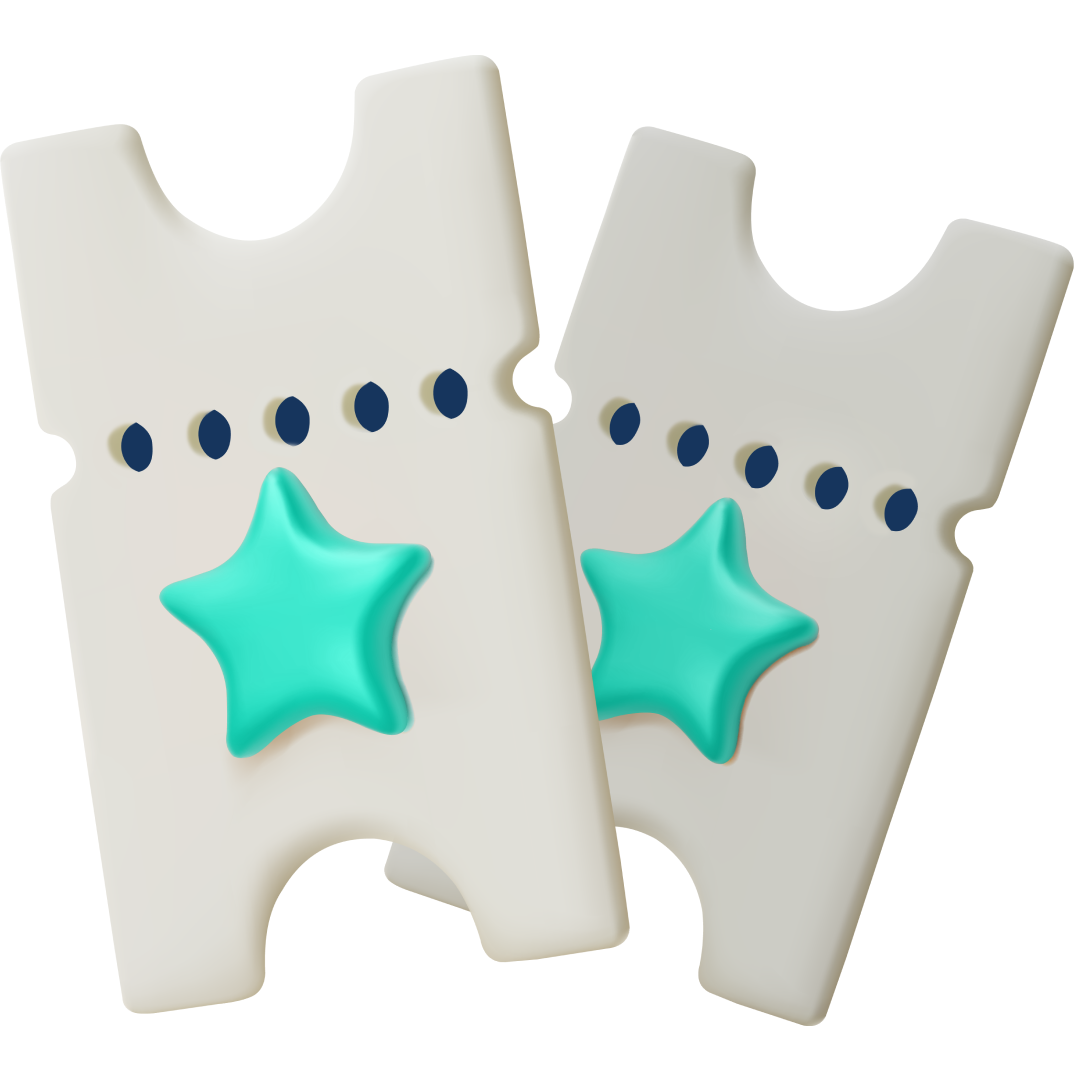Over the course of three expeditions to Siberia, Štěpán Černoušek and his teams have been documenting camps in the Russian gulag system. Specifically, they’ve visited ones that provided labor force for the almost 1500 km long transpolar Salekhard-Igarka railway construction complex which was abandoned after the death of Stalin in March 1953.
In dozens of camps, about 80,000 inmates lived and worked. Because of the remote location of these camps, many are still in quite good condition – Černoušek recalls being shocked when they entered their first one and saw the beds, letters inmates had written and items from their daily lives. So far, 17 camps have been documented, with the Barabanicha Camp highlighted through a virtual tour on the website Gulag.cz. By the end of April 2014, the organization plans to have the final version of the virtual museum complete, with more than 150 panoramic videos and detailed descriptions of objects found and documentation gathered.

The gulags Černoušek has been documenting though are just a handful compared to the dozens located across the former USSR. In these camps, Soviet nationals but also Czechoslovaks, Poles, Hungarians and nationals from other states were imprisoned. Gulag.cz’s goal is to shed light on the persecution of these nations by the USSR.
“The idea of the association is to connect people from the Czech Republic who are interested in the topic, not only historians but scientists, researchers and who can use their knowledge to familiarize the Czechs with this topic,” Černoušek said. “It’s not so well-known, like the Holocaust, the knowledge of the camps is very basic here. We’d like to make it more well-known, Czech history is involved in it, 30,000 citizens were sent to the gulags from 1917-1960.”
Černoušek, who has a day job working for the Institute for the Study of Totalitarian Regimes, found the camps quite by accident, thanks to Google maps.

“I found these abandoned gulag camps while looking for the main railway line built by prisoners,” he said. “I saw the camps, but there was no information on them on the Internet. In former Nazi camps, there are museums today but there are no museums of gulags in Russia. But the camps are still there. So I decided to go have a look.”
His first expedition was in 2009 and they found three camps, all in quite good condition. In 2011 they went to see the railroad, and in September 2013, the last exhibition, they documented ten more camps, most not in as good of condition as previous camps they’d found. But now what to do with it?
“Russians aren’t very interested in it so I decided to try and familiarize European society with these camps,” he said and started Gulag.cz. The virtual museum was developed through the Central European Memory of the Gulag project funded by the International Visegrad Fund. He adds the organization and the expeditions stemmed from a personal interest and when he realized how little people knew about them, knew he needed to change that.

“We have so much data on how they looked; many people think there was only one camp somewhere in Siberia, but it is similar to the Nazi camps, and it’s important for people to know about them,” he said. “We decided to design the virtual museum because then we could show the topic in an interesting way. You can write a scientific article but how many people would read it? I think it is more important for more people to see it.”
Černoušek has a number of things he’d like to see Gulag.cz still do, including perhaps taking another expedition probably to the Far East where the biggest gulag system was.
“We are working on a documentary series with Czech TV on Czechoslovakians in the gulag,” he said. “We made lots of measurements and catalogued items, so I have an idea to do an exhibition based on the results, maybe build a gulag camp in the center of Prague and be able to take it to other cities. It might be complicated but we’d like to do it. I have so many ideas but they aren’t all possible. I’d love to map all the gulag camps in Russia.”

So how did Černoušek get into the gulags anyway? A chance study abroad trip to Russia set him on this path.
“It was 1994. At the time, most people were going west and I think this was the only Russian trip organized that year,” he said. “My friends invited me. I liked to go against the mainstream so I decided why not. I was so surprised by how interesting it was, not only Russian culture, the history is so different, the nature. I started to learn the language again; I read only Russian classics and decided to study it.”
The expeditions though aren’t only about the gulags; Černoušek also gets to discover a side of Russian culture very few people see or even hear about.
“These expeditions are an adventure, it’s very exotic countryside, almost no one lives there,” he said. “The trips are also about Russia and the people who live there, Siberian culture, it’s very similar to Native American culture and it is so amazing how their culture is so intact. When you are a child and you read adventure stories, you have dreams to do something like that, and I can find it in Siberia.”

While the thrill of the adventure is still there, the expeditions do take their toll.
“After the expeditions I feel very drained of energy, it’s so emotional to be there,” he said. “On the last expedition I was wondering what I was doing there, leaving my wife and daughter at home to go for a month to Siberia. When we came back I couldn’t even look at the pictures for a month. You don’t feel very good, there’s bad energy in the camps.”
Černoušek can’t name one instance that stands out above the rest from his gulag expeditions, but does deeply recall the moment they found their first camp in 2009.
“We went inside and started to find these personal items, the prison inside the camp, the feeling was very emotional, it’s not a museum, it’s real and no one has been there for 60 years,” he said. “You find a letter, start to read it, it really makes it personal and you can imagine life in the camp.”
**
To see more, take the virtual tour at the Museum of the Gulag.
Photos courtesy of Štěpán Černoušek and Pavel Blažek, Gulag.cz.












 Reading time: 5 minutes
Reading time: 5 minutes 





















